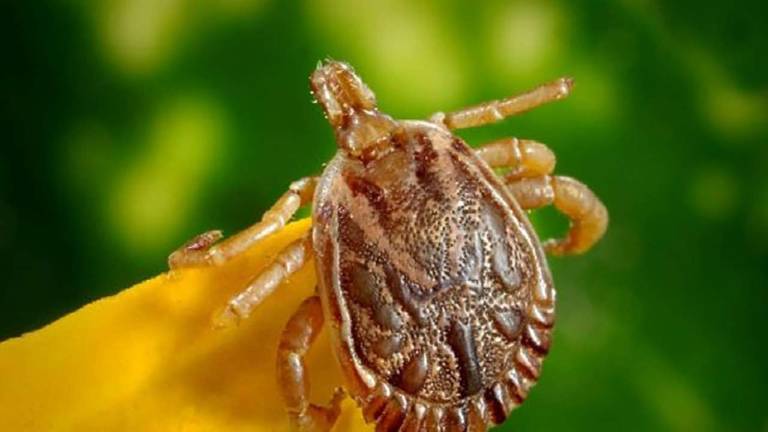Invasive Asian ‘Longhorn’ tick confirmed in Pennsylvania

A new variety of tick was confirmed on a wild deer in Centre County recently, says PA Rep. Rosemary Brown, and the Pennsylvania Department of Agriculture is encouraging people to take precautions to protect themselves, as well as livestock and pets.
The Asian, or longhorn tick, Haemaphysalis longicornis, is an invasive species that congregates in large numbers and can cause anemia in livestock. It is known to carry several diseases that infect hogs and cattle in Asia. So far, ticks examined in the United States — they have already been found in Arkansas, New Jersey, New York, West Virginia and Virginia — do not carry any infectious pathogens.
The Asian tick infests host animals in dense clusters of numerous ticks. Female Asian ticks reproduce asexually, so a single tick can lay 2,000 eggs after feeding on a host. Cattle, pets, small mammals, birds and humans are all potential hosts.
To protect against ticks, people are reminded to wear long sleeves and pants when outdoors and use insect repellent containing DEET to help keep you safe from ticks and the diseases they carry. It is also important to check yourself and your pets for ticks when you return indoors.
Native to East and Central Asia, the tick was originally identified in the U.S. in New Jersey, where it was found in large numbers in sheep in Mercer County in 2017. It has also been found in Arkansas, New Jersey, New York, West Virginia and Virginia. To reduce tick habitat, maintain a nine-foot distance between lawn or pasture and wooded areas, keep grass height low, and remove weeds and brush bordering wooded areas.